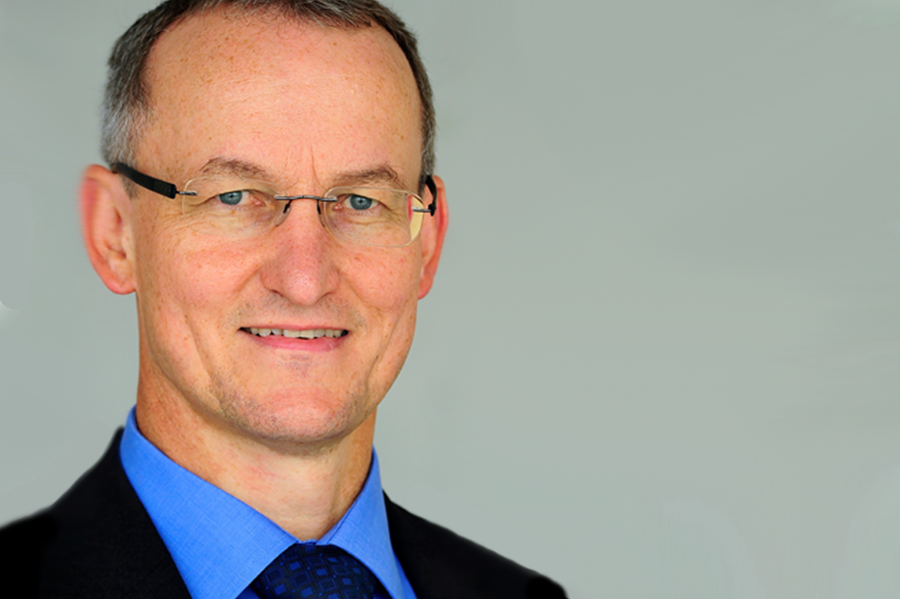
Innovation areas

System solutions to urban challenges
During Phase I of the Morgenstadt Initiative (2012-2013), the objective was to achieve a better understanding of urban systems through analysis of six pioneering cities (Tokyo, Copenhagen, New York, Singapore, Freiburg and Berlin). Based on the results, a “Morgenstadt model” that shows “performance” of a city in a range of important areas (such as climate protection, utilization of ICTs, sustainable mobility, governance, etc.) was developed. In Phase II, this model was applied in various other cities, such as Chemnitz, Lisbon and Prague, then reviewed, refined and respective additional Morgenstadt tools were developed. Based on the experiences of Phase I and Phase II, the Fraunhofer Institutes developed thematic fields of innovation, or key areas of intervention, to address urban problems with an integrated approach between research, public actors, companies and society.
Thematic and cross-cutting innovation areas
The innovation clusters can be divided into two categories:
1. Thematic fields of innovation. These are organised across different urban sectors of Phase I (mobility, energy, water, ICT, buildings, governance, logistics), which are illustrated below.
2. Cross cutting fields of innovation. These are smart city financing, urban governance & planning and digital business & service innovation.
On the journey towards a future-proof city together with Fraunhofer
The Fraunhofer-Initiative »Morgenstadt: City Insights« offers cities, municipalities and companies an opportunity to actively contribute to the creation of a CO2-neutral, resilient and liveable city of the future. The underlying idea is that innovative and sustainable technologies should be introduced in cities fast and efficient. “Morgenstadt System Solutions” is an offer for cities and companies in the field of innovation, providing holistic and modular recommendations as for how particular urban problems in relevant areas can be solved. The solutions then can be tested in pilot cities, scaled up, adapted and replicated.
Tailored solutions for urban challenges:
Internet of Things (IoT) and increasing digitalization make it possible to develop and implement urban system solutions in a semi-standardized way. The core of the approach is a modular principle: cities select urban system solutions to directly address their specific challenges based on coordinated and individually scalable components. The research network recommends different investment and operating models for each solution. Pilot projects are generally initially supported through research funding. Gradually, however, all system solutions should become self-sustaining and profitable for the city of the future.
Through the division into the eight research clusters, companies will see at a glance which solutions could be beneficial and become a part of development of new integrated system solutions in a pilot area.
Opinions about different innovation areas

Gerhard Stryi-Hipp, Fraunhofer ISE
You are the head of the group "Neighborhoods and Cities" at the Fraunhofer Institute for Solar Energy Systems ISE and you coordinate the "Smart Energy Cities" section. How would you describe urban energy system of the future?
"Urban energy systems are climate-neutral and intelligent, characterized by high efficiency and a high proportion of renewable energy generated locally. In cities, solar energy is utilized in all buildings. In the surrounding regions, biomass and wind energy as well as geothermal energy and hydroelectric power are generated for the cities. A highly efficient and secure energy supply is ensured by the coupling of the electricity and heating system, i.e. through combined heat and power and heat pumps, as well as integration of electricity and heat storage in conjunction with intelligent grids (smart grids) and load management. Mobility is largely carried out by electric vehicles, which are charged through an intelligent energy management system using energy surplus and provide part of their storage capacity to the network."

Thomas Ernst, Fraunhofer IAO
You are working in the team developing new mobility concepts at the Fraunhofer IAO. What is the future of mobility?
"The mobility of the future will be characterized by ongoing reductions in CO2 emissions, as well as increased digitization and automation. Even before this, an intensified functional mix and the strengthening of local mobility will make the objectives achievable through less "complex" traffic. Thanks to digitalization, transport will be used more efficiently (through sharing). In passenger transport, mobility is increasingly becoming a service that no longer requires possession of one's own car. Future mobility will be networked, flexible and diverse."